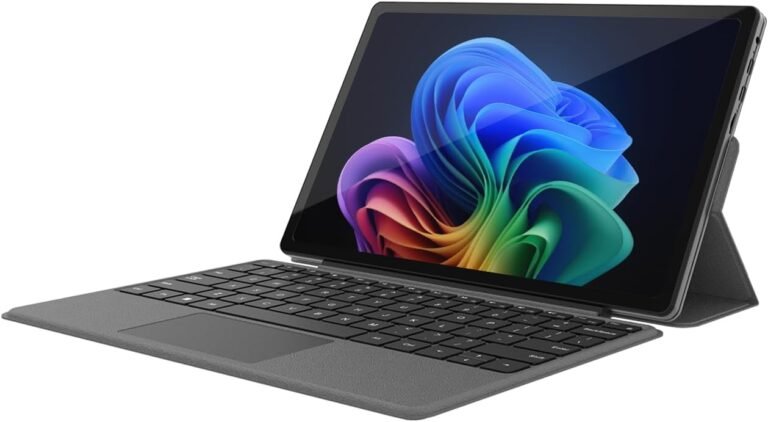
In today’s fast-paced digital world, the need to access your important files anytime, anywhere, and on any device has become essential. Whether you’re a professional juggling multiple projects or someone who just wants their personal data effortlessly on all gadgets, syncing files across devices ensures smooth workflow and convenience. This article explores effective ways to synchronize files across multiple devices, the benefits of various syncing solutions, and best practices for maintaining security and control over your data.
Why Sync Files Across Devices?
Syncing files means keeping your data up-to-date across computers, smartphones, tablets, and servers. This offers several advantages:
- Continuous Access: Access your documents, photos, and files no matter where you are.
- Backup and Recovery: Automatically protect your data against loss via replicated copies.
- Collaboration: Share and update files seamlessly among multiple users or devices.
- Efficiency: Avoid manual copying or emailing files between devices, saving time and reducing errors.
Choosing the Right Syncing Solution
There are numerous tools and platforms designed to simplify file synchronization. Popular approaches include cloud-based services, peer-to-peer (P2P) synchronization, and hybrid solutions. Here’s a rundown of key options based on reliability, privacy, and ease of use.

1. Peer-to-Peer Syncing with Syncthing
Syncthing is an open-source, decentralized file synchronization tool that allows devices to sync files directly without relying on a central server. It works continuously in real time, detecting changes and updating files across all connected devices.
- Privacy & Security: All communication between devices is encrypted using TLS with perfect forward secrecy, and devices authenticate via strong cryptographic certificates.
- No Central Server: Your data never passes through or is stored on third-party servers.
- Cross-Platform Compatibility: Supports Windows, macOS, Linux, FreeBSD, Solaris, and more.
- Ease of Use: Minimal setup required—devices connect using unique IDs without manual IP management.
- Reliability: Ideal for syncing dozens of computers even if some go offline, as it synchronizes changes once they reconnect.
For users managing larger networks, such as syncing the same folder structure on 16 Windows machines, Syncthing offers robust synchronization without a single point of failure.
2. Resilio Sync and P2P Technologies
Resilio Sync (formerly BitTorrent Sync) uses P2P technology to sync files securely between devices using your existing storage, emphasizing speed and privacy without cloud dependency.
- Selective Sync: Download only the files you need to save bandwidth and storage.
- Advanced Permissions: Control access and manage who can read or write files.
- Cross-Device Functionality: Syncs folders between mobiles, laptops, desktops, and servers.
- Bandwidth Control: Customize sync activity to fit your network capacity.
- Large File Sharing: Send big files directly to friends and colleagues without cloud restrictions.
This solution suits both personal users wanting easy digital file sharing and businesses requiring powerful file replication across sites for disaster recovery, hybrid cloud, or development pipelines.
3. Cloud-Based Sync Services (Overview)
Though not detailed in the sources above, it’s worth noting that many users rely on cloud storage providers (like Google Drive, Dropbox, OneDrive) for syncing. While convenient and user-friendly, these services store your data on third-party servers, which may have implications for privacy and require internet access.
Best Practices for Syncing Files Securely
Regardless of the syncing method chosen, keeping your files secure and syncing reliable involves:
- Use Strong Authentication: Verify devices before allowing synchronization.
- Ensure Encryption: Both in transit and at rest, encryption prevents unauthorized access.
- Set Permissions Rigorously: Limit who can edit, view, or share files.
- Monitor Sync Status: Regularly check for errors or conflicts.
- Plan Bandwidth Usage: Schedule sync tasks during off-peak hours or limit speeds to avoid network congestion.
- Backup Critical Data: Syncing assists with backups but maintaining separate, versioned backups is prudent.
Getting Started With File Syncing
- For peer-to-peer syncing, download Syncthing or Resilio Sync and follow their intuitive setup guides.
- Configure the devices you want to link by exchanging their unique IDs or keys.
- Add folders to sync and set folder-specific permissions.
- Customize sync preferences, including selective sync and bandwidth constraints.
- Monitor device connections and sync statuses through the user-friendly interfaces available via web browsers or apps.
Conclusion
Syncing files across your devices no longer needs to be a complicated or risky process. Whether you prioritize privacy with Syncthing’s decentralized approach or seek speed and versatility through Resilio Sync’s P2P system, modern tools make it effortless to keep your data accessible and up-to-date everywhere. By combining smart syncing strategies with security best practices, you can enjoy seamless file management tailored to your personal or professional needs.









